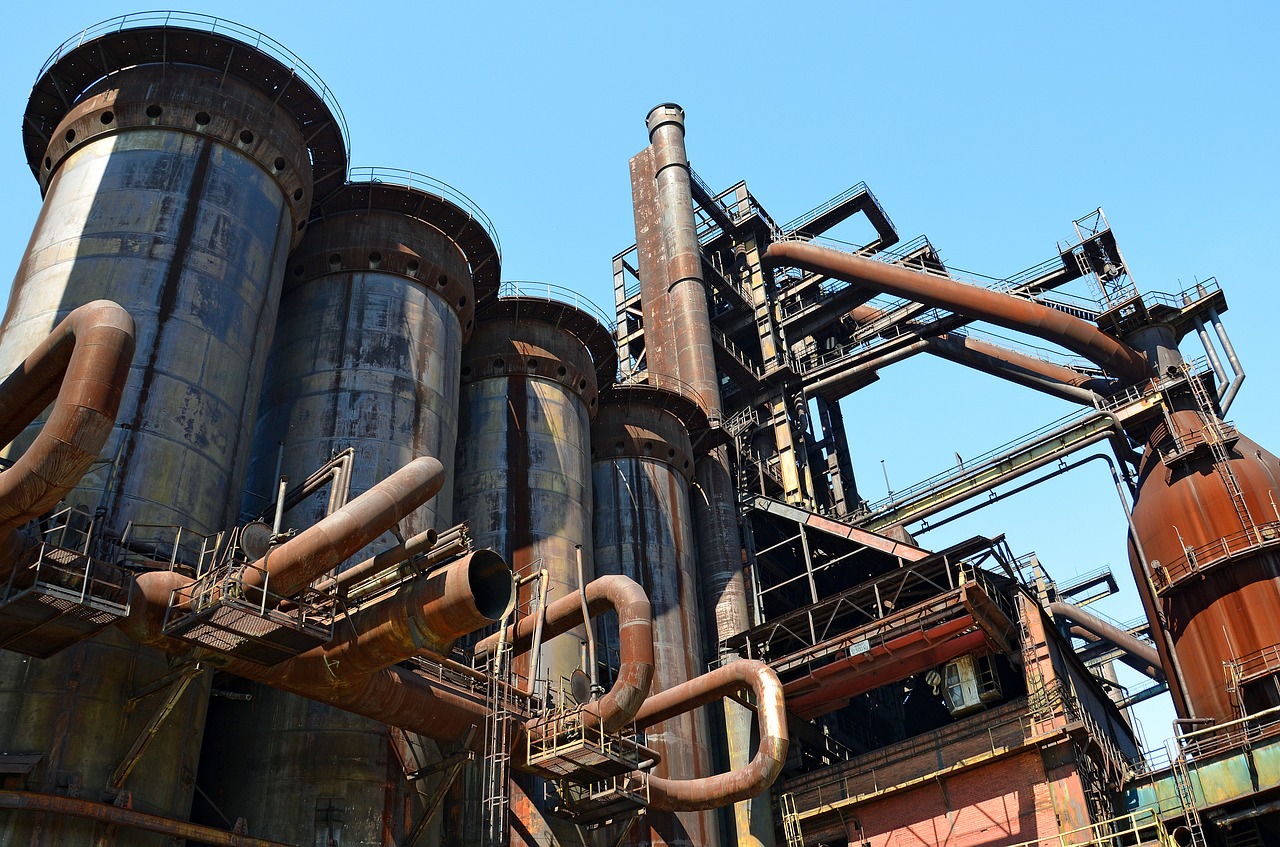
Asia | China | Commodities | COVID | Emerging Markets

Asia | China | Commodities | COVID | Emerging Markets
Continuing the year’s trend, iron ore prices have risen further in recent weeks, with the active SGX iron ore futures contract reaching $175/tonne. Initially recovering steel demand and thereafter stockpiling drove the prior, post-summer increase. However, recent developments appear to have more to do with supply-side issues, including production disruptions at Vale’s Brazil operations and in India’s Odisha region. Although weather can also be a problem around this time of year, it seems to have played no material part in recent price moves.
These developments are primarily idiosyncratic to the iron ore market. That other industrial commodities have not seen their prices increase by anywhere near a comparable order of magnitude is more evidence of this (Charts 1 and 2). Copper and oil have recovered from their lows but have traded sideways to lower so far this month.
This article is only available to Macro Hive subscribers. Sign-up to receive world-class macro analysis with a daily curated newsletter, podcast, original content from award-winning researchers, cross market strategy, equity insights, trade ideas, crypto flow frameworks, academic paper summaries, explanation and analysis of market-moving events, community investor chat room, and more.
Continuing the year’s trend, iron ore prices have risen further in recent weeks, with the active SGX iron ore futures contract reaching $175/tonne. Initially recovering steel demand and thereafter stockpiling drove the prior, post-summer increase. However, recent developments appear to have more to do with supply-side issues, including production disruptions at Vale’s Brazil operations and in India’s Odisha region. Although weather can also be a problem around this time of year, it seems to have played no material part in recent price moves.
These developments are primarily idiosyncratic to the iron ore market. That other industrial commodities have not seen their prices increase by anywhere near a comparable order of magnitude is more evidence of this (Charts 1 and 2). Copper and oil have recovered from their lows but have traded sideways to lower so far this month.
Against this backdrop, Chinese steel producers have begun to express concern that the recent surge in prices has more to do with pure speculation than further increases in final demand. And they have approached the government with requests for intervention. It is unclear whether any or what action might be taken, although it is worth noting that the authorities have already approved new guidelines for the import of scrap steel. This could provide some price relief once implemented.
In any case, the continuing surge in ore prices has further widened the gap to the BDI (Chart 3). However, the latter appears to have put in a floor in the 1110-20 area, which has been tested on several occasions. As the previous ore stockpiling now appears to have abated, but with the outlook for final steel demand stable, it continues to look likely that ore prices will adjust gradually lower over the coming months. Meanwhile, the BDI is more likely to remain near current levels.
Another risk to consider is recent evidence that the Sars-Covid-2 virus may have mutated into a more infectious form. It might be no more dangerous, but the UK and a few other governments have recently tightened various restrictions. If extended, these could impact their economies, with possible knock-on effects on global steel demand. If so, then the overall combination of risk factors for ore prices – de-stockpiling, resolved supply disruptions, Chinese scrap steel imports, renewed lockdowns – would appear to be on the downside going forward.
Spring sale - Prime Membership only £3 for 3 months! Get trade ideas and macro insights now
Your subscription has been successfully canceled.
Discount Applied - Your subscription has now updated with Coupon and from next payment Discount will be applied.